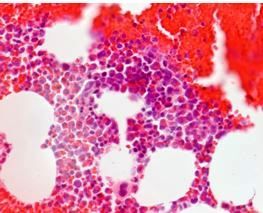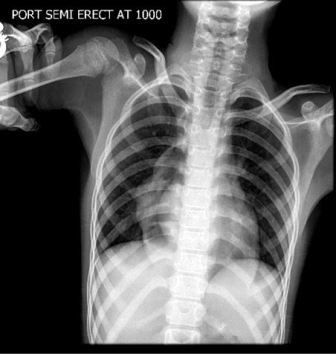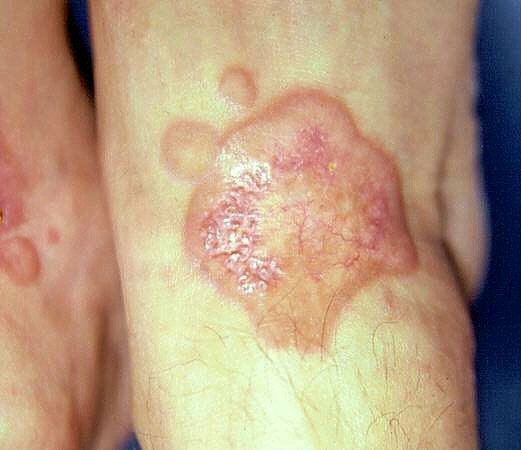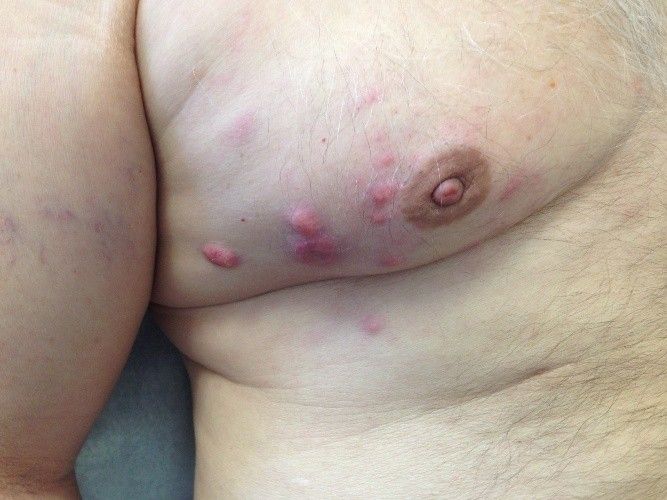- CDC
- Heart Failure
- Cardiovascular Clinical Consult
- Adult Immunization
- Hepatic Disease
- Rare Disorders
- Pediatric Immunization
- Implementing The Topcon Ocular Telehealth Platform
- Weight Management
- Screening
- Monkeypox
- Guidelines
- Men's Health
- Psychiatry
- Allergy
- Nutrition
- Women's Health
- Cardiology
- Substance Use
- Pediatrics
- Kidney Disease
- Genetics
- Complimentary & Alternative Medicine
- Dermatology
- Endocrinology
- Oral Medicine
- Otorhinolaryngologic Diseases
- Pain
- Gastrointestinal Disorders
- Geriatrics
- Infection
- Musculoskeletal Disorders
- Obesity
- Rheumatology
- Technology
- Cancer
- Nephrology
- Anemia
- Neurology
- Pulmonology
Hypereosinophilic Syndrome; Pneumonia; Necrobiosis Lipoidica: A Photo Quiz
Four photos, 5 questions: see how accurately you can answer our quiz questions that include pulmonary embolism and invasive squamous cell carcinoma of the lung.

Question 1:
Hypereosinophilic syndrome was diagnosed in a 45-year-old man with a 3-week history of increasing abdominal girth and diffuse abdominal pain.
NEXT QUESTION »
For the discussion, click here.

Question 2:
A 9-year-old girl with a transesophageal fistula that was diagnosed in utero has had recurrent bouts of pneumonia. A chest film showed a significant pneumomediastinum. The patient denied chest pain and dyspnea, and she remained normoxic. The pneumomediastinum resolved within about 30 minutes.
NEXT QUESTION »
For the discussion, click here.
Question 3:
NEXT QUESTION »
For the discussion, click here.
For the answer, click here.

Question 4:
These yellowish, firm plaques with large telangiectasia coursing over the top with no associated scaling are typical of necrobiosis lipoidica. Here they are shown on the foot of a 34-year-old morbidly obese man. His fasting blood sugar level was 250 mg/dL and his hemoglobin A1c level was 8.8%.
NEXT QUESTION »
For the discussion, click here.

Question 5:
A 60-year-old Caucasian man with a history of invasive squamous cell carcinoma of the lung presents with these lesions.
ANSWER KEY »
For the discussion, click here.
ANSWER KEY:
Question 1. C
Question 2. B
Question 3. B
Question 4. E
Question 5. C
